May 21, 2025 | 03:07 GMT +7
May 21, 2025 | 03:07 GMT +7
Hotline: 0913.378.918
May 21, 2025 | 03:07 GMT +7
Hotline: 0913.378.918
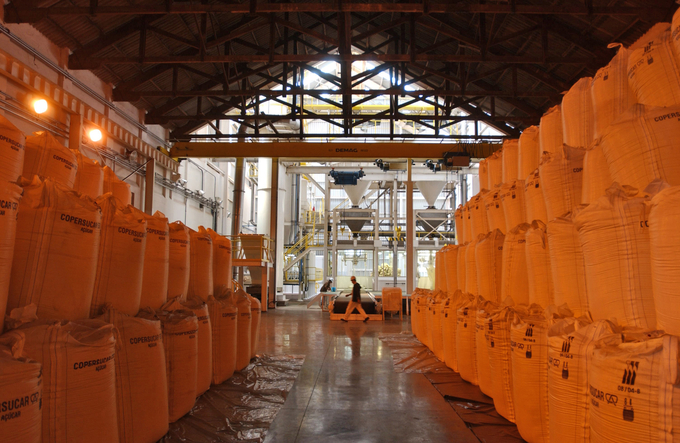
A sugar warehouse in Brazil.
The benchmark index of international food commodity prices rose in April for the first time in a year, amid increases in world quotations for sugar, meat and rice, the Food and Agriculture Organization of the United Nations (FAO) reported today.
The FAO Food Price Index, which tracks monthly changes in the international prices of commonly-traded food commodities, averaged 127.2 points in April 2023, up 0.6 percent from March.
At that level, the Index was 19.7 percent below its level in April 2022, but still 5.2 percent higher than in April 2021.
The FAO Sugar Price Index rose 17.6 percent from March, reaching its highest level since October 2011, due to reduced productions expectations and outcomes in India, China, Thailand and the European Union caused by dry weather conditions as well as to a slow start of the sugarcane crop harvest in Brazil, along with higher international crude oil prices, which can increase demand for sugarcane -based ethanol.
The FAO Meat Price Index rose 1.3 percent during the month, driven primarily by higher pig meat quotations, followed by poultry prices, which increased amid Asian import demand and production curbs spurred by animal health issues. International bovine meat prices also increased due to a decline in cattle supplies for slaughter, especially in the United States of America.
In the meantime, price indices for other major food commodity categories, with the exception of rice, continued their declining trend.
The FAO Cereal Price Index dipped 1.7 percent from March and averaged 19.8 percent below its April 2022 value. International wheat prices declined by 2.3 percent, due mostly to large exportable availabilities in Australia and the Russian Federation. World maize prices fell 3.2 percent as supplies in South America seasonally increased with ongoing harvests. On the other hand, against a backdrop of reduced harvests caused by higher input costs and adverse weather, especially outside of Asia, sales to Asian buyers sustained an increase in international rice prices.
“It is important that we continue to track very closely the evolution of prices and the reasons for increases in prices. As economies recover from significant slowdowns, demand will increase, exerting upward pressure on food prices,” said FAO Chief Economist Maximo Torero. “At the same time, the increase in rice prices is extremely worrisome and it is essential that the Black Sea initiative is renewed to avoid any other spikes in wheat and maize,” he added.
The FAO Vegetable Oil Price Index declined by 1.3 percent in the month, registering its fifth consecutive monthly decline. World palm oil prices were stable, while quotations for soy, rapeseed and sunflower oils declined in step with seasonal harvest pressure from a potentially record soybean crop in Brazil.
The FAO Dairy Price Index dropped by 1.7 percent, impacted by the persistent slack global import demand for milk powders and higher cheese export availabilities in Western Europe.
Updated production and trade forecasts
In a new Cereal Supply and Demand Brief, also released today, FAO adjusted its world wheat production forecast for 2023. The global outturn is now pegged at 785 million tonnes, the second largest on record, but down from last season mostly on declines in Australia and the Russian Federation from their record 2022 outputs.
For maize, Brazil’s production is expected to reach a record high, while that of Argentina is projected to drop below average levels due to prolonged dry conditions and heat waves. Conducive weather conditions have bolstered yield expectations in South Africa, which expects the second highest harvest on record.
Meanwhile, 2023/24 prospects for rice production along and south of the equator are mixed, largely due to the regionally varied impact of the La Niña event. Going forward, the possible emergence of the El Niño phenomenon during the northern hemisphere summer will need to be closely watched.
FAO raised its earlier projection for world trade in cereals in 2022/23 to 472 million tonnes, now some 2.2 percent below its record level in the previous season. Global wheat trade is forecast to rise by 2.3 percent, while global trade in coarse grains will likely decline by 5.5 percent. International trade in rice in 2023 is predicted to contract by 4.4 percent year-to-year.
World cereal utilization in 2022/23 is forecast at 2 780 million tonnes, and world cereal stocks by the close of seasons to stand at 855 million tonnes. Based on these latest forecasts, the 2022/23 global cereal stocks-to-use ratio would stand at 29.8 percent, down slightly from 30.8 percent during the previous 12 months, but still indicating a relatively comfortable supply level globally, FAO said.
(FAO.org)
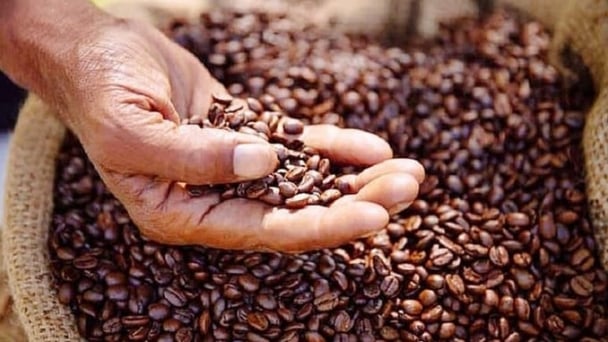
(VAN) Coffee prices on May 20, 2025, surged by VND 2,200, climbing to VND 126,000 – 126,700/kg. Meanwhile, global coffee prices also recorded a sharp increase.
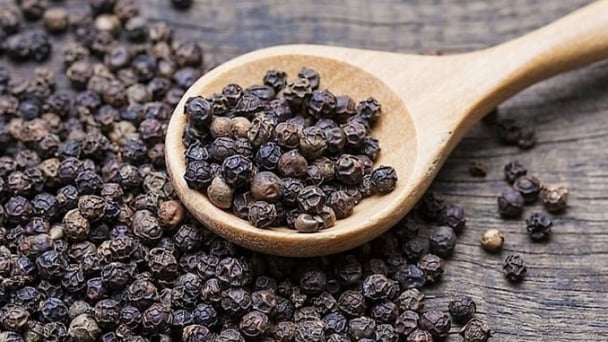
(VAN) Pepper prices on May 20, 2025, dropped by VND 1,000 only in Gia Lai, trading at VND 150,000 – 153,000/kg. Global pepper prices remained unchanged.
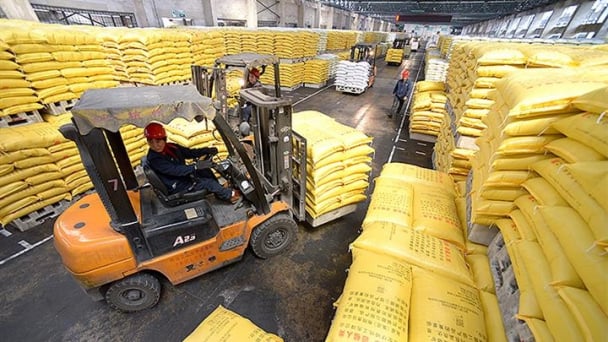
(VAN) Analysts are watching moves out of Asia, particularly with fertilizer.
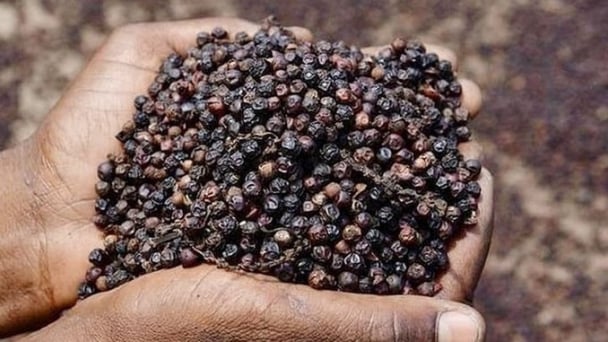
(VAN) Pepper prices on May 16, 2025, fluctuated by VND 500–1,000 domestically, trading at VND 151,000 – 152,000/kg. Global pepper prices remained stable.
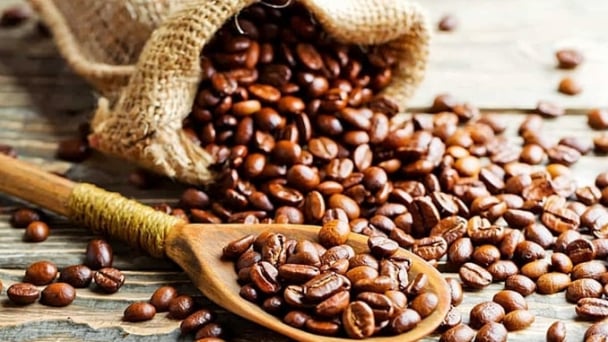
(VAN) Coffee prices on May 16, 2025, edged up by VND 200, trading around VND 125,900 – 126,200/kg. Meanwhile, global coffee prices are showing mixed movements.
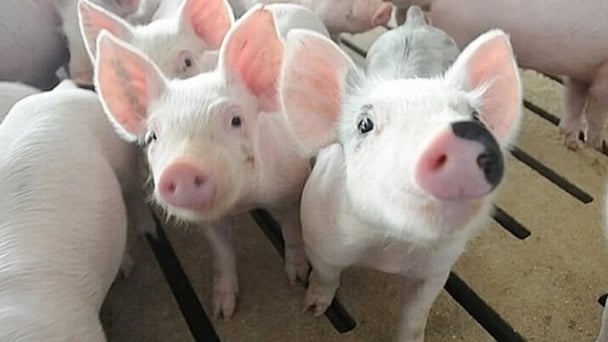
(VAN) Live pig prices on May 16, 2025, continue to remain flat. Live pig prices across the 3 regions are trading in the range of VND 67,000 to VND 75,000/kg.
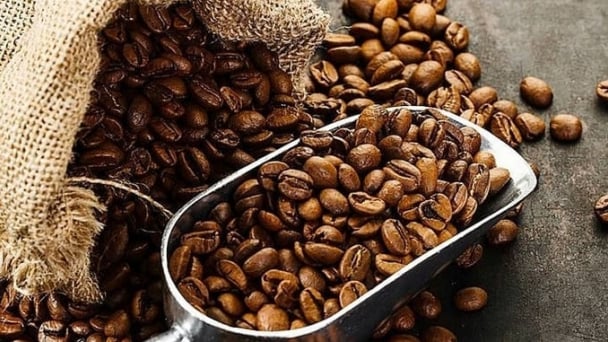
(VAN) Coffee prices on May 15, 2025, fell sharply by VND 2,500, trading at VND 125,700 – 126,200/kg. Global coffee prices also dropped significantly by 3%.